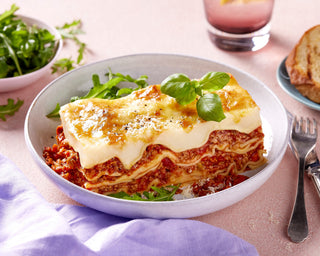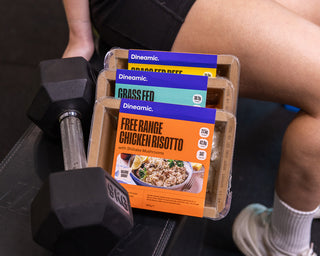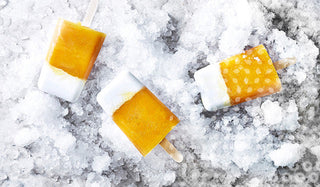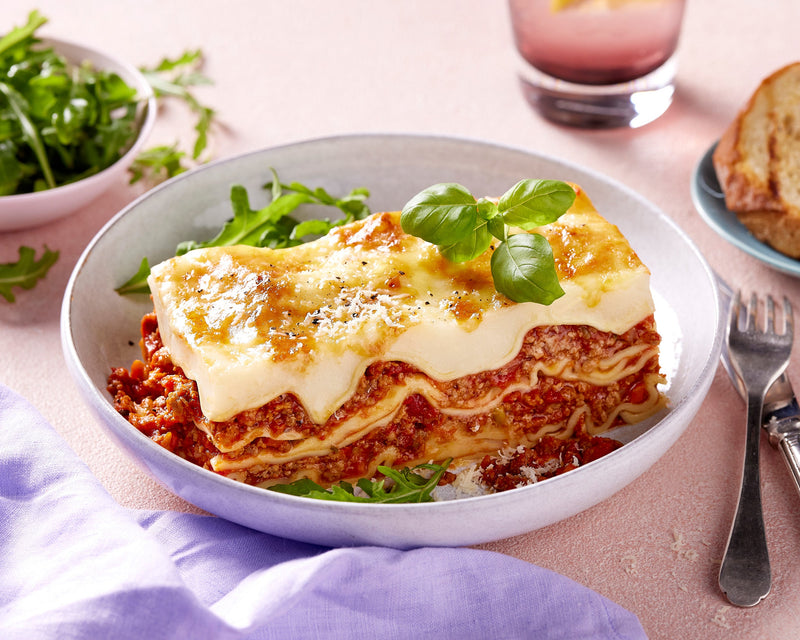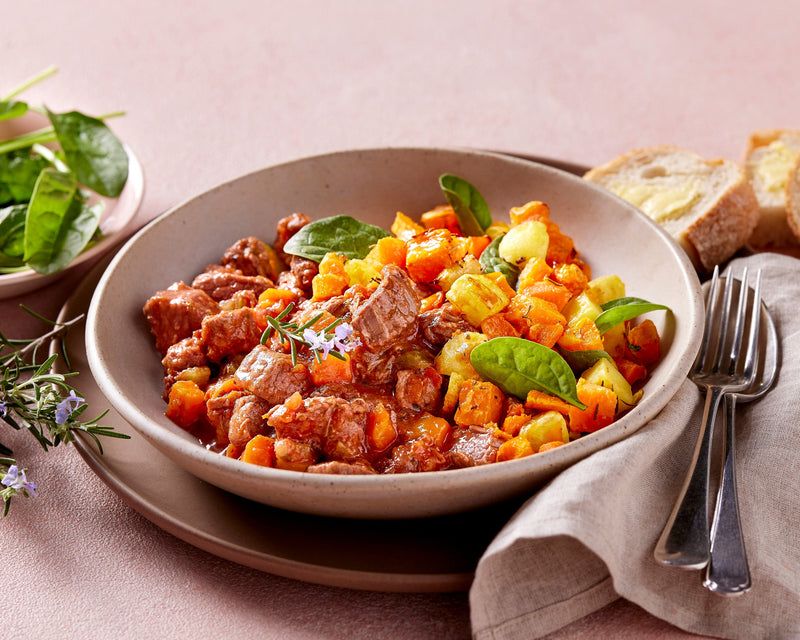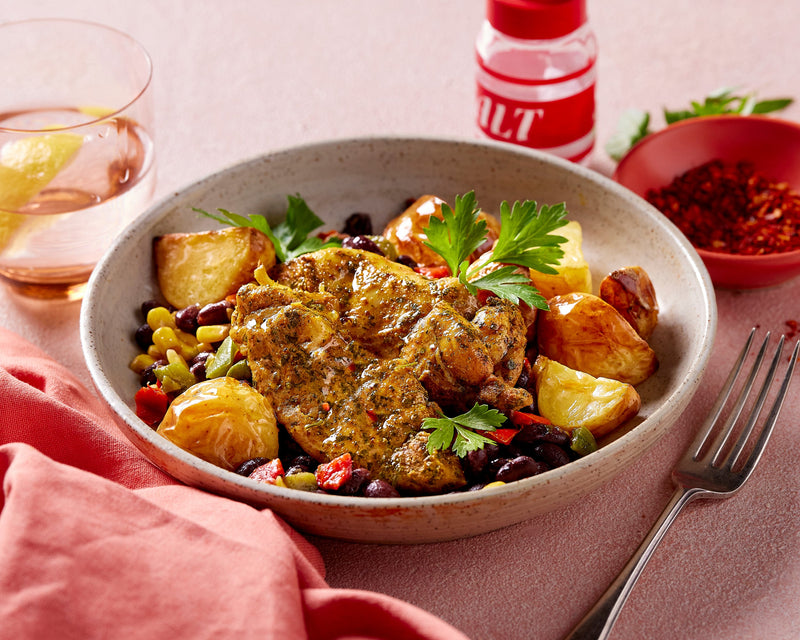Nutrient losses
Processes that expose foods to high levels of heat, light or oxygen cause the greatest nutrient loss. But careful cooking and storage will help retain the nutrients in your food.
Water-soluble vitamins (B-group, particularly Folate and Thiamine, and C) are more unstable and vulnerable to processing and cooking than fat-soluble vitamins (K, A, D and E) during food processing and storage. For example, compared to fresh, you can lose up to 30% of the vitamin C in frozen food; up to 50% from cooking; up to 75% from cooking in water then draining; reheating can drop 50% of the vitamin C content too. The figures for Folate are pretty similar. However while dried fruits lose vitamin C, the resultant fruit is more energy dense and this concentrates other nutrients and fibre; and heating milk, in pasteurisation for example, results in minimal nutrient loss. Freezing and reheating has no impact on iron or magnesium levels though. But cooking makes some phytochemicals more available – cooked tomatoes have more than raw ones.
Commercially frozen food (particularly vegetables) is frozen immediately after harvesting using techniques that freeze quickly and preserve its nutrition. Freezing food at home doesn’t have the same advantage. Since vegetables cook so quickly, it might be a better idea to make your main meal in advance and either add commercially frozen vegetables with your meal or cook fresh vegetables as you need them, possibly adding fresh herbs as well. But if you have a glut of home-grown produce, lightly cooking or making a soup or casserole, then freezing, is still an excellent option. Cooking methods like grilling, roasting, steaming, stir-frying, microwaving or pressure cooking, generally preserve more vitamins and nutrients. But if you boil your vegetables, save the nutrient-laden water for soup or stock.
Storing and reheating tips
— Make sure your fridge and freezer are cold enough. To preserve food properly, freezers should be below -18 degrees C and fridges below 4 degrees C. Use a thermometer to check. People often set their freezers too warm, so ice cream stays soft, rather than cold enough to quickly freeze then keep food properly stored over time.
— Choose foods best suited to freezing and reheating: casseroles, soups, stews, curries and meat loaf all stand up to freezing well. But avoid gravies and sauces thickened with cornstarch or flour. You can freeze an unthickened sauce, and then add thickeners after thawing.
— Fruits and vegetables with a high water content, like lettuce and watermelon, will become limp and soggy when thawed and cooked potatoes develop a gritty texture when frozen, so they are better stored in the refrigerator and added to the meal when serving. Slightly undercook pasta before freezing to avoid it becoming mushy when reheated. And yoghurt, sour cream, milk, and light cream, will separate when frozen.
— Label each container with the name of the dish and the date you put it in the freezer. Most cooked dishes will keep for two to three months in the freezer while uncooked beef and lamb can be stored for up to 12 months, chicken, pork and vegetables for up to six months and seafood for up to three months.
— The quicker food freezes, the better its quality once thawed. Avoid freezer burn by using moisture-proof snap lock plastic bags, removing the air before sealing. These can be placed flat and frozen quickly, and ideally arrange containers in a single layer to allow enough room for air to circulate so food will freeze rapidly.
— Store foods in single servings rather than large amounts, to help them freeze quickly, plus allow you to defrost only what you need and reheat quickly. Slowly frozen food forms large ice crystals that may turn the food mushy.
— Defrost food in the refrigerator, allowing plenty of time, or in a microwave. To avoid contamination, never defrost food at room temperature and always seal and separate fresh from cooked food when stored.
— Cooking/reheating foods quickly helps preserve nutrients
Article written by head of the Dineamic Nutrition team, Karen Inge and was first published at http://kareninge.com.au


